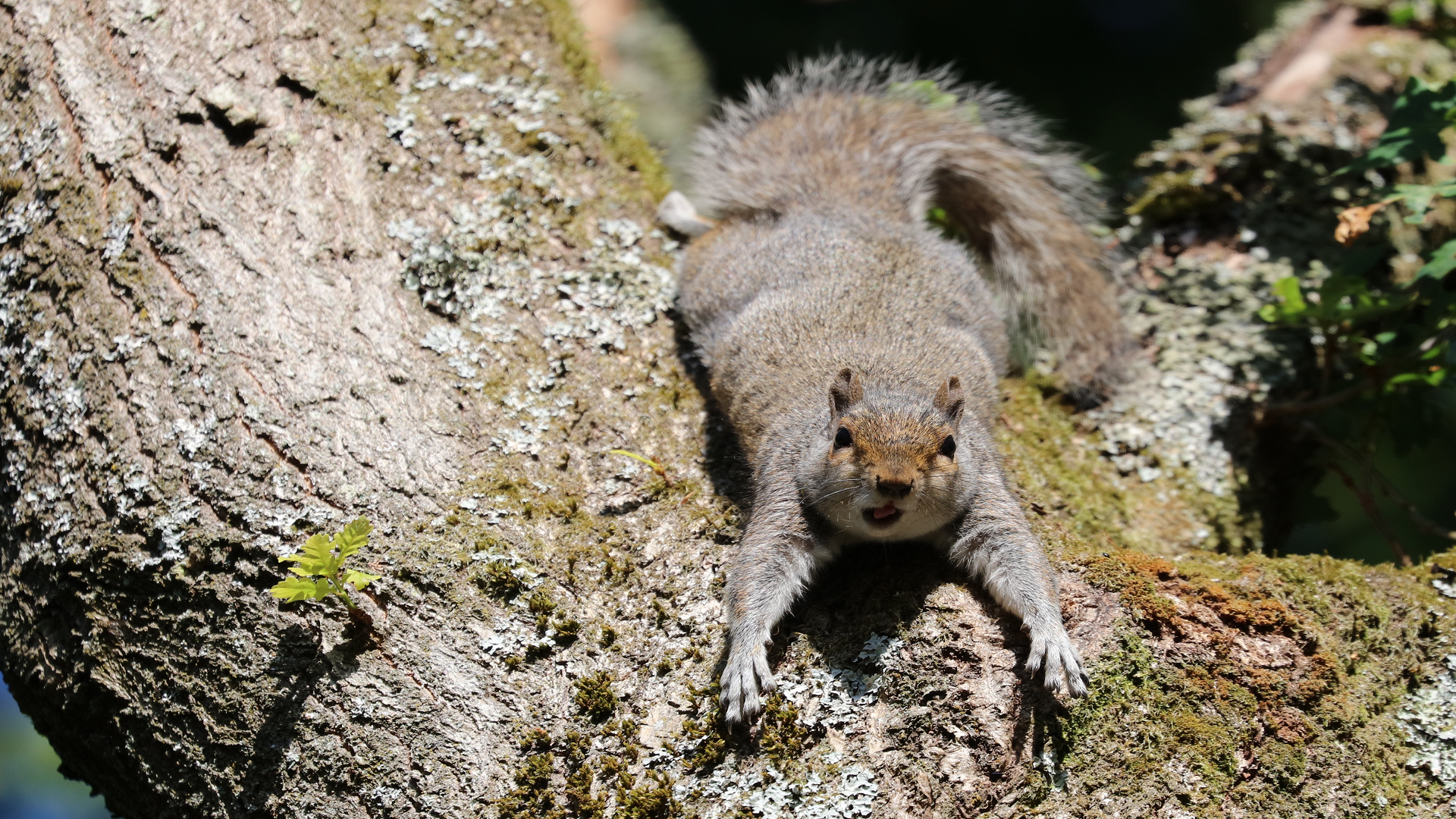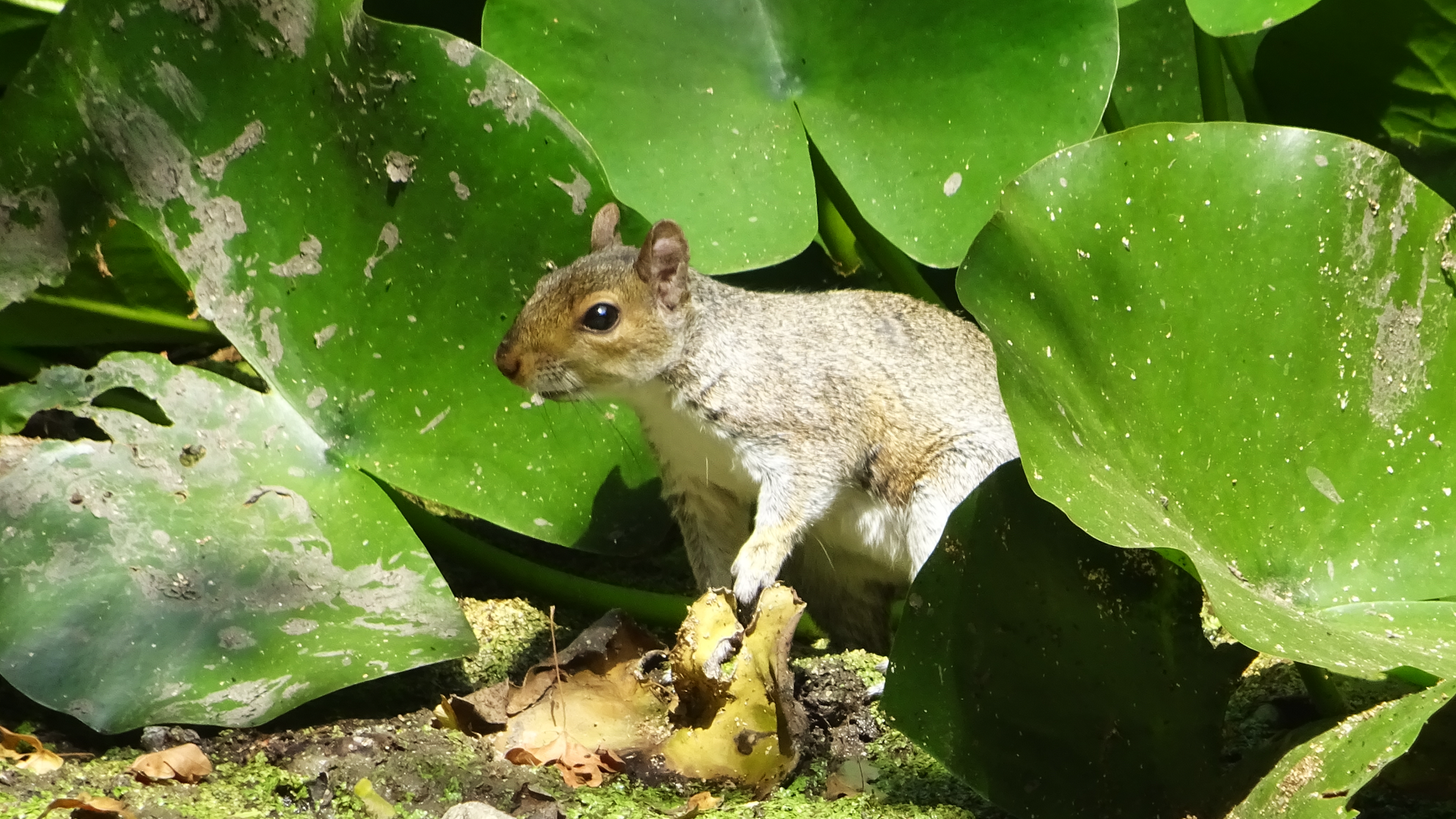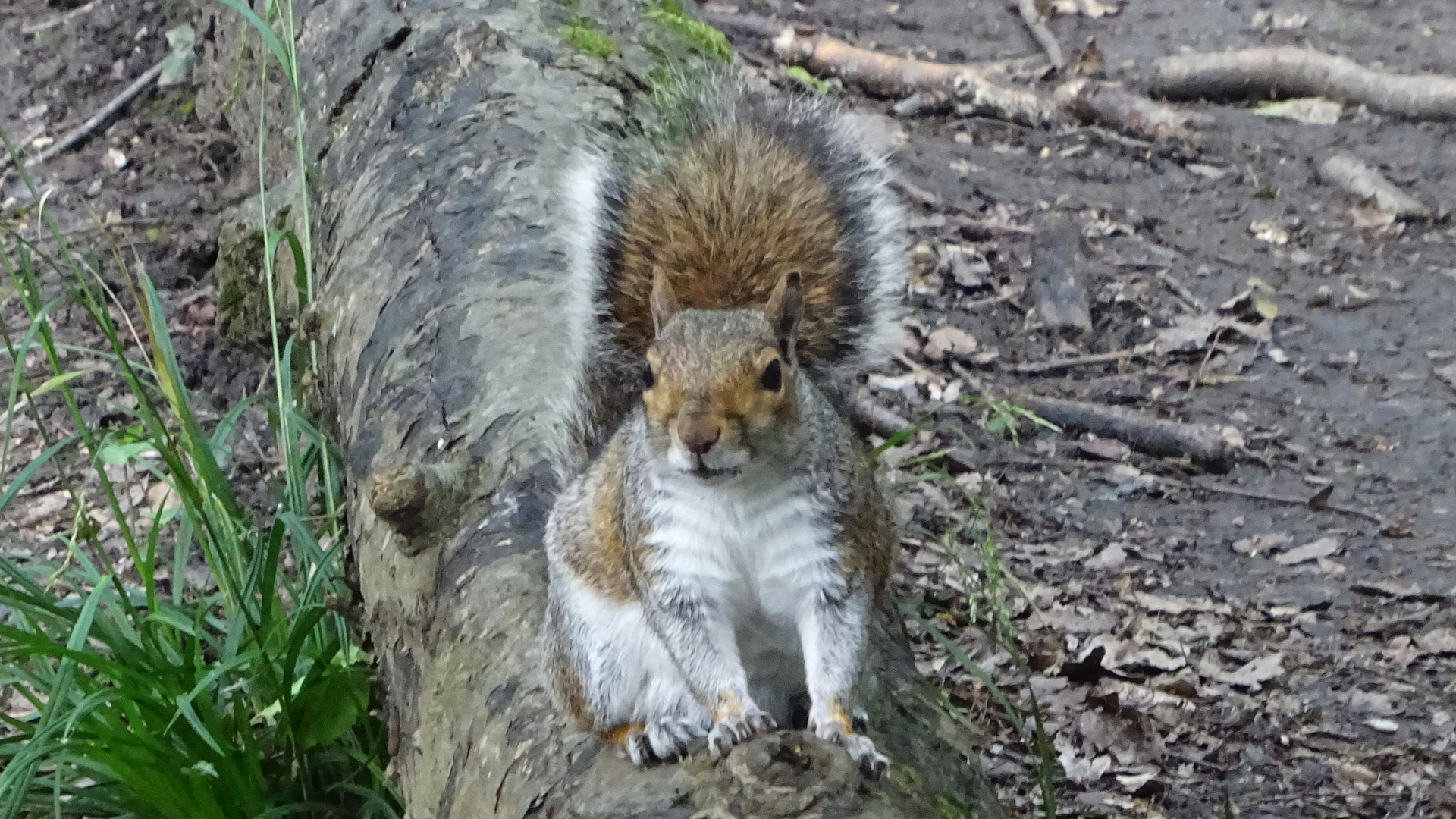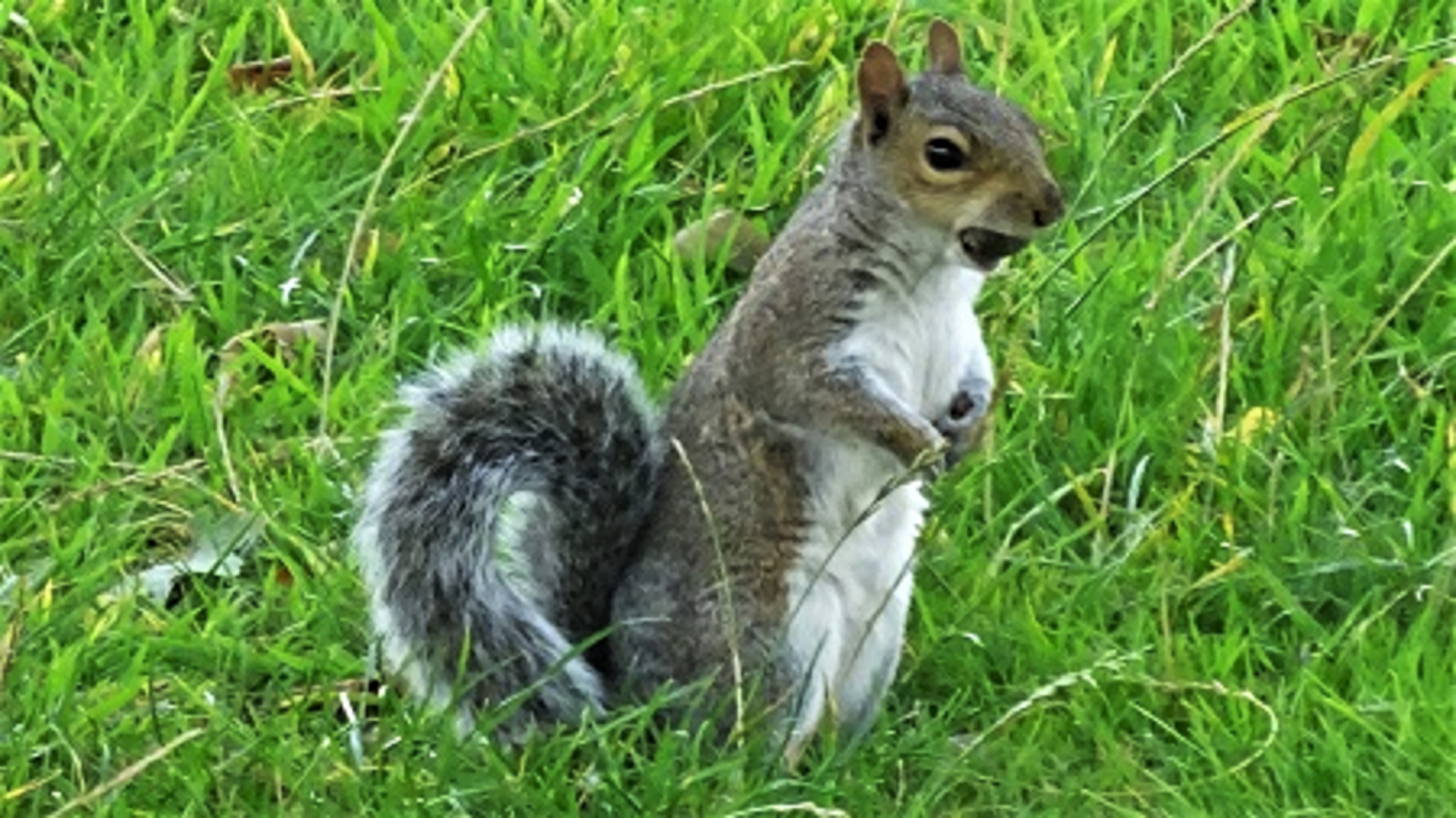MAMMALS
SQUIRRELS
Grey squirrels were introduced to Britain during the 1800s and are now regarded as an invasive species that causes great damage to woodland. Their introduction has also led to a decline of our native Red squirrel. Squirrels make nests called 'dreys' high up in trees, using twigs, leaves and strips of bark. Females can have two litters of three to four young each year. During spring squirrels feed on tree buds. Branch-tips scattered on woodland paths are a sign of their activity.
© hainaultforest.net. All rights reserved.







